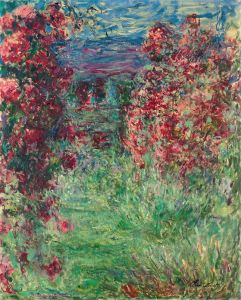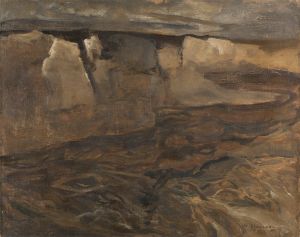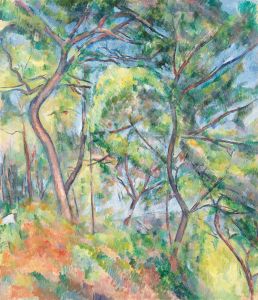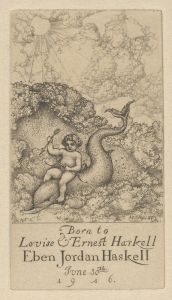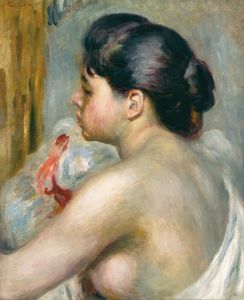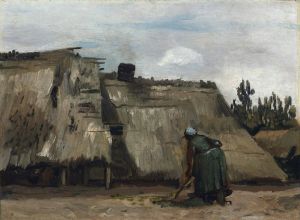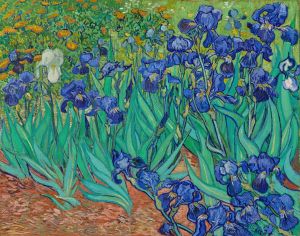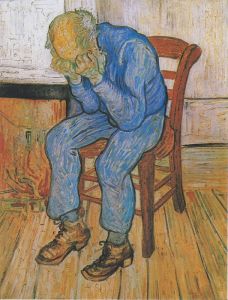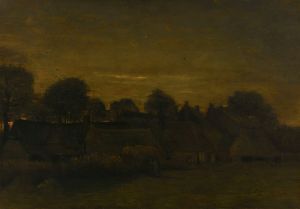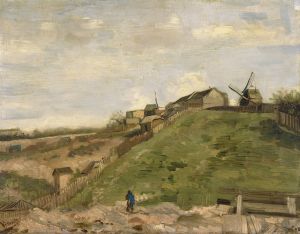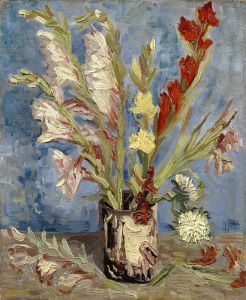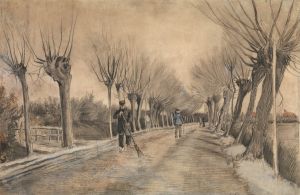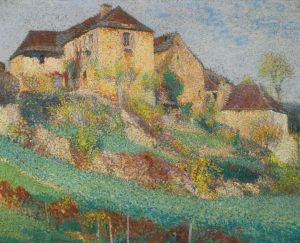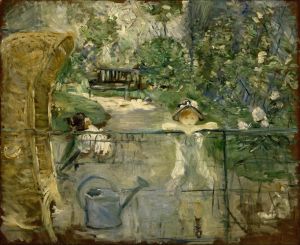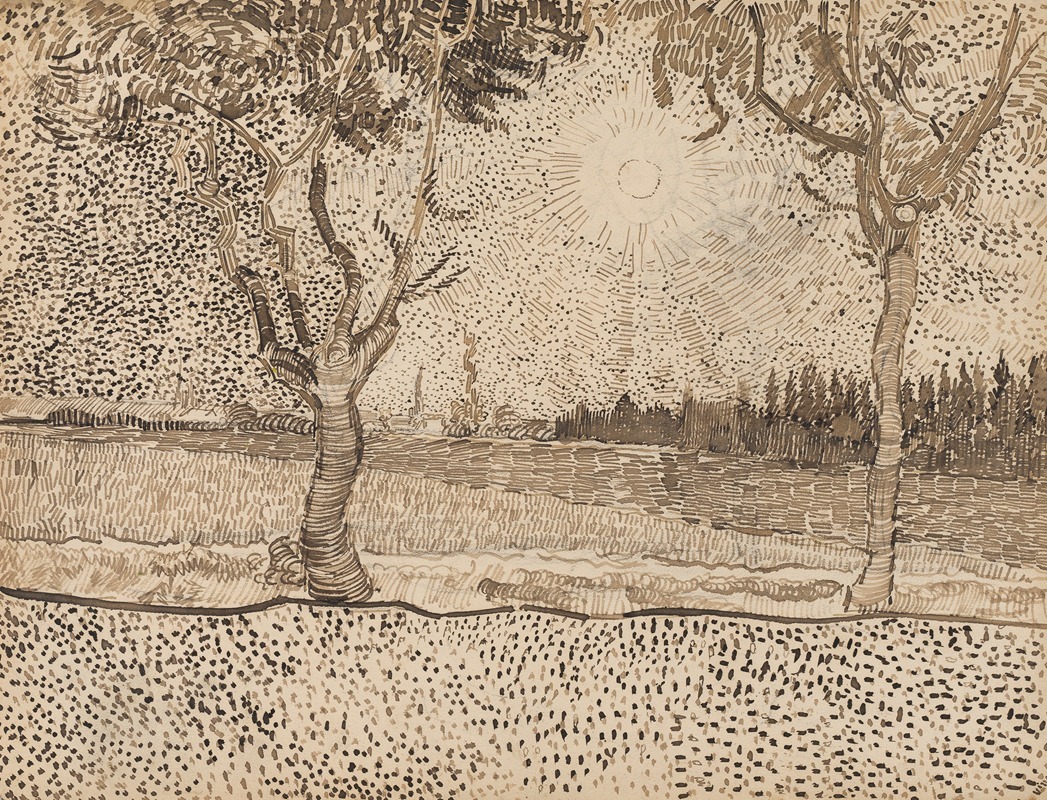
The Road to Tarascon
A hand-painted replica of Vincent van Gogh’s masterpiece The Road to Tarascon, meticulously crafted by professional artists to capture the true essence of the original. Each piece is created with museum-quality canvas and rare mineral pigments, carefully painted by experienced artists with delicate brushstrokes and rich, layered colors to perfectly recreate the texture of the original artwork. Unlike machine-printed reproductions, this hand-painted version brings the painting to life, infused with the artist’s emotions and skill in every stroke. Whether for personal collection or home decoration, it instantly elevates the artistic atmosphere of any space.
"The Road to Tarascon" is a painting created by the Dutch Post-Impressionist artist Vincent van Gogh in 1888. This work is notable for its depiction of a solitary figure walking along a sunlit road, carrying an easel and art supplies. It is widely believed that the figure represents van Gogh himself, making this painting a rare example of a self-referential work within his oeuvre. The scene is set in the countryside near Arles, in the south of France, where van Gogh lived and worked during one of the most productive periods of his career.
The painting captures the essence of van Gogh's distinctive style, characterized by bold colors, dynamic brushstrokes, and an emotional intensity that conveys the artist's personal connection to the landscape. The road, flanked by trees, stretches into the distance, creating a sense of depth and movement. The warm, golden tones of the sunlight contrast with the cooler greens and blues of the surrounding environment, emphasizing the vibrancy of the Provençal countryside.
"The Road to Tarascon" is often interpreted as a reflection of van Gogh's dedication to his craft and his solitary existence as an artist. During his time in Arles, van Gogh was deeply inspired by the natural beauty of the region and sought to capture its unique light and atmosphere in his work. This painting is one of many that illustrate his fascination with rural life and his commitment to plein air painting, a technique that involves working outdoors to directly observe and depict the landscape.
Unfortunately, the original painting was destroyed during World War II. It was housed in the Kaiser-Friedrich Museum (now the Kulturhistorisches Museum) in Magdeburg, Germany, and was lost in a fire caused by Allied bombing in 1945. Today, "The Road to Tarascon" is known primarily through black-and-white photographs and written descriptions. Despite its loss, the painting remains an important part of van Gogh's legacy and is frequently discussed in studies of his work.
This artwork is a poignant reminder of van Gogh's artistic journey and his enduring influence on modern art. Its destruction underscores the fragility of cultural heritage during times of conflict, making its memory all the more significant in the context of art history.





